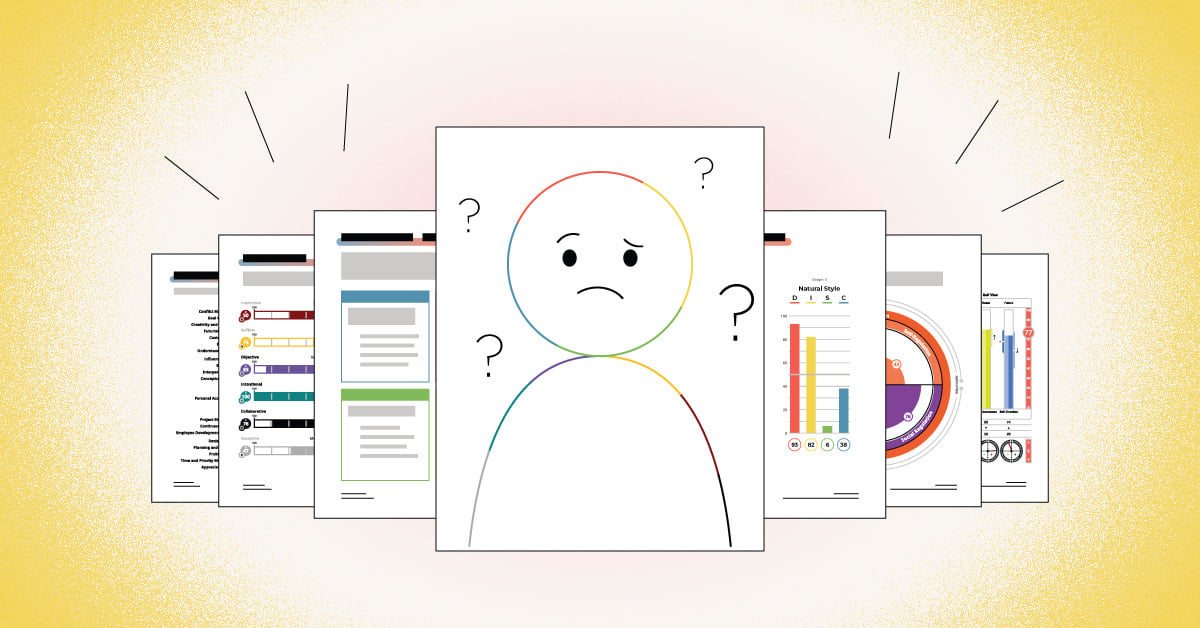
According to a recent Gallup Poll, 34% of workers currently consider themselves “engaged” in their work, the highest level since Gallup began reporting the figure 18 years ago. While that may seem like good news on the surface, the study also found 13% to be actively disengaged, leaving 53% as simply “disengaged.” What if there was a way to lower the pool of disengaged workers to get them to become engaged?
Everyone’s heard about personality tests or behavioral assessments but many people don’t realize what a valuable resource they can be when it comes to engaging a workforce. Behavioral assessments, such as DISC, are an excellent tool helping leaders worldwide better understand and connect more effectively with their workforce, raising engagement and productivity.
Value of a DISC assessment
Using an assessment such as DISC can uncover valuable insights about an individual (and this person’s place within a team setting), helping to reveal the human potential of individuals. DISC explains the “how” people behave the way they do. DISC identifies four unique behavioral styles, traits some people may refer to as personality types.
The D stands for Dominance. This describes people that tend to favor a direct, assertive communication style and tend to focus on problems and challenges. The I’s are Influencers who are all about people; they become energized in the presence of others. S represents Steadiness; people who prefer a relaxed pace and find comfort with consistency and stability. C identifies the Compliance behavioral style, those who tend to be very process driven and detail-oriented. These are the perfectionists.
Behavioral styles are easy to identify. Having the ability to recognize an employee’s particular style can help a leader or manager be more equipped to effectively engage and motivate his or her workforce. Working with employees in a manner that is consistent with their individual behavioral styles will likely produce higher employee engagement.
5 tips for working effectively with each behavioral style
With that in mind, here is a list of five things a manager can do when working with members of each unique behavioral style in order to maximize an employee’s engagement in their day-to-day activities.
Dominance:
- Be direct and prepared in communications
- Do not make decisions for them
- Motivate them with challenges
- Eliminate small talk and get to the point
- Give the employee a forum to voice their opinions
Influence:
- Casually ease in to conversations; avoid directness
- Provide opportunities to work with other people
- Create an open work space where interaction is encouraged
- Always create a personal connection before talking business
- Use their people skills to help mediate employee conflicts
Steadiness:
- Communicate at a reasonable, steady pace
- Always confirm they understand what is expected of them
- Provide a stable work environment
- Give them time to process information and let them ask questions
- Avoid asking them to act or react immediately
Compliance:
- Give them their space
- Provide as many facts and details as possible
- Clearly communicate in an organized fashion, preferably in writing
- Be patient; the C is a meticulous perfectionist
- Clearly communicate expectations and deadlines
Conclusion
Many consider DISC to be an unofficial “manual” for understanding people and improving interactions with them. Since DISC is observable, noticing verbal and nonverbal cues that identify a particular style will be valuable to any leader wanting to maximize the potential of his or her workforce.
Leaders are always looking for ways to maximize productivity from their workforce. Having a tool as powerful as DISC makes that job a whole lot easier for the leader by eliminating much of the guesswork and providing a game plan from which to best communicate with his/her employees.


